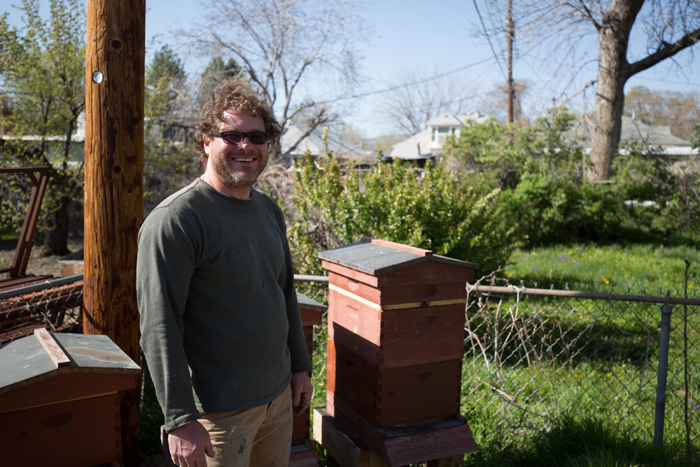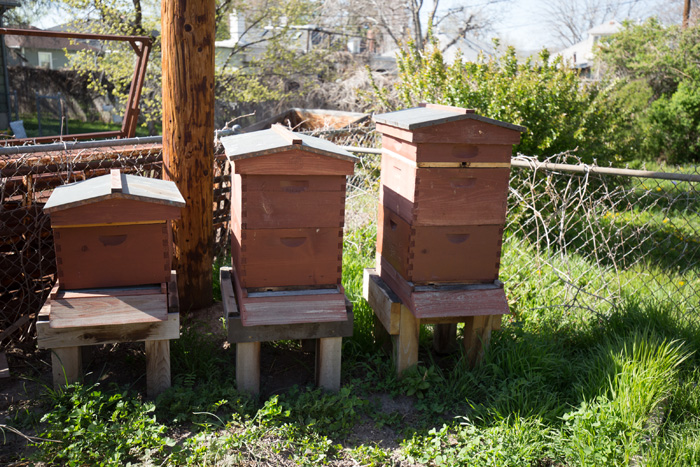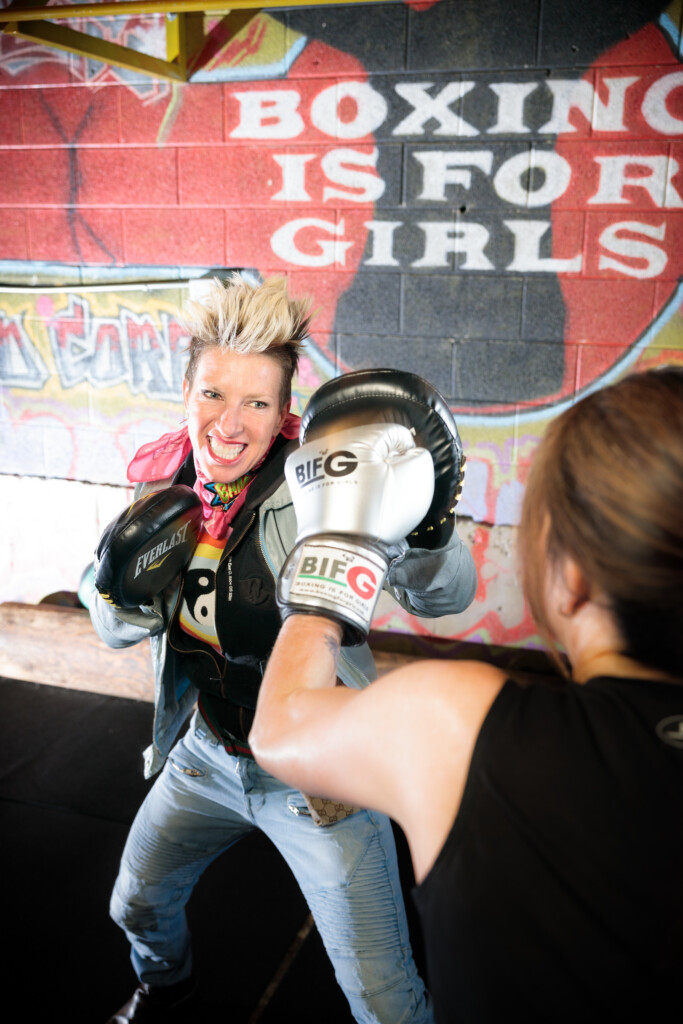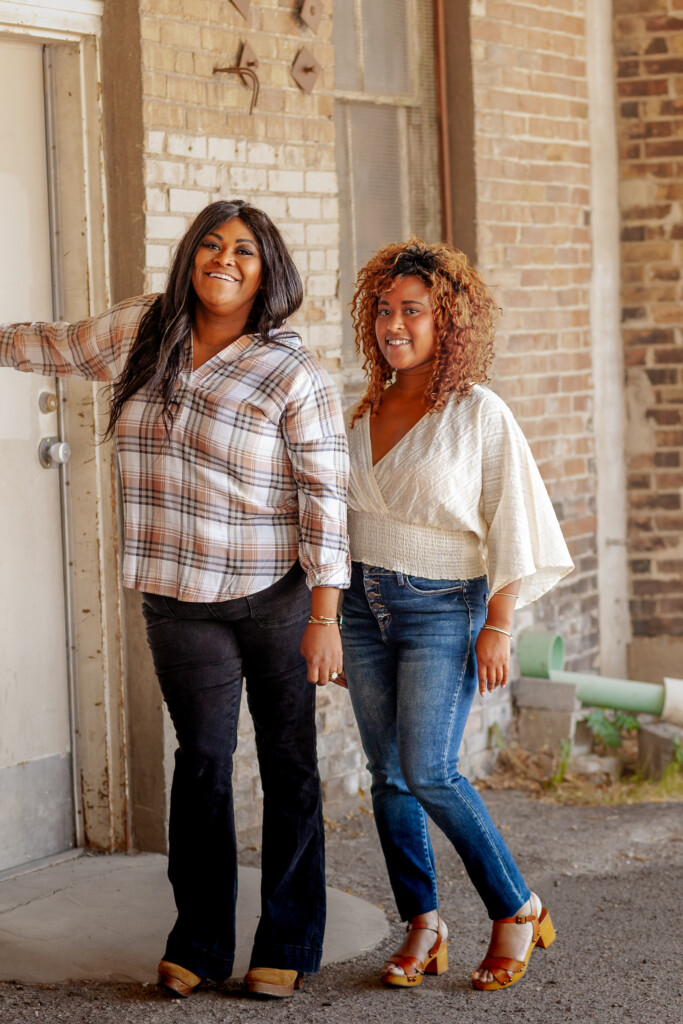
We all know bees are the secret to flower and plant pollination, but most of us have no idea how it all works. We met with local amateur beekeeper, August Watcher, who lives in the heart of Sugar House, and found out what it takes to keep bees and get some of that sweet, sweet honey!
August lives in a typical Sugar House bungalow with a white picket fence in front and a slightly less typical back yard. In the very back of his prolific garden, next to his property line, sit three small houses. This is the secret to his garden—the honey bees.
I asked August why he has bees. “My dad was a beekeeper and Kristina, my wife, had bees. We like the benefit of the pollination that helps our garden and our neighbors’ gardens. Bees are really remarkable creatures. It’s just amazing the way they work together and what each bee’s role is in the hive.”
When asked what it takes to get started, August said, “Salt Lake City is super friendly. To be an official beekeeper in Salt Lake requires a license and a class, and there is a person at the State who will come out and help you.”
I contacted Utah Apiary Inspector, Stephen Stanko. Stephen works for the Department of Agriculture and gave us some great info…
He explained how bees are critical to our food supply, and that one-third of our food supply is tied directly or indirectly to bees. In fact, three-fourths of our fruits, vegetables, and nuts are pollinated by bees.
I asked August how he got started with his bees. “We had hives and we basically went out and bought packaged bees,” he replied. “We picked them up and we transferred all the frames into our big boxes.“
Now, for the million-dollar question: How do you get the honey?
“You come out and pull the supra off and brush the bees off the frames back into the hives,” August explains. “You usually have two people. One person does the bees the other moves the frame. Then you clean the frames off and steal their honey. We have this hot knife that cuts the wax off the frame. After that, we put it in the spinner. It has a manual hand crank so I have to really get after it. Spin it out, flip ‘em, and spin it again. From there, we pour the honey through a strainer and into jars.”
Many people want to help out the bees but don’t want to become beekeepers. “The best way to help the bees,” according to Stephen, “is to plant forage—especially things like wild flowers and gardens.”




